#Poisonous Garden Plants
Text
Poisonous Garden Plants to Avoid
Avoid growing a toxic garden that’s surrounding your landscape, wildlife and loved ones. Knowing which plant species possess toxic traits will help you grow a healthy garden friendly to your surrounding environment.

gardeninginfo-online.com gathered crucial information on identifying what plants are poisonous to humans and wildlife.
1. Deadly Nightshade (Atropa belladonna)

The deadly nightshade is a perennial plant with long, thin branches. Its leaves are oval-shaped with smooth edges and pointed ends. They grow on the plant’s thin branches in an alternate pattern and are poisonous. The most distinctive feature of this plant species is the purple flowers with reflexed petals and a yellow cone at the center, which blooms from late May through August.
Hardiness Zone – 5 through 9
Associated Danger – All parts of this plant are toxic, but the sweet, purplish-black berries that are attractive to children pose the most significant danger. Symptoms of poisoning include rapid heartbeat, dilated pupils, delirium, vomiting, hallucinations, and potential death from acute respiratory failure.
2. Oleander (Nerium oleander)

Often called rosebay, this Mediterranean native is characterized by its tall shrubby habit and its thick lance-shaped opposite leaves. The flowers are borne in terminal clusters and may appear in a rose color, rarely white or yellow.
Hardiness Zone – 8 through 10
Associated Danger – All parts of Nerium oleander (leaves, flowers, stems, twigs, and roots) are toxic. Oleander poisoning can adversely affect the heart, nervous system, stomach and intestines, eyes, and skin.
Note: Cut stems release a sticky latex that can severely irritate the skin. Wear gloves when you handle clippings or remove the plant altogether.
3. Tobacco (Nicotiana tabacum)

This is a plant with leaves containing high levels of the addictive chemical nicotine. After harvesting, tobacco leaves are cured, aged, and processed in multiple ways. The resulting products can be smoked (in cigarettes, cigars, and pipes), applied to the gums (as dipping or chewing tobacco), or inhaled (as snuff).
Hardiness Zone – 2 through 10
Associated Danger – Those who plant, cultivate, or harvest tobacco are at high risk of suffering from nicotine poisoning, known as “Green Tobacco Sickness.” This illness causes severe nausea and vomiting that can lead to hospitalization.
4. Rosary Pea (Abrus precatorius)

Also known as coral bean, crab’s eye, jequirity bean, and prayer bead, Rosary Pea is an ornamental, twining, woody vine reaching heights of 10 to 20 feet when supported by other plants or trees. This plant’s leaves are alternate, compound, and feather-like, with small oblong leaflets. Its flowers are numerous and appear in the leaf axils along the stems.
Hardiness Zone – 9 through 11
Associated Danger – Abrus precatorius is highly toxic and can be fatal if ingested. In its native range, the plant’s roots are used to induce abortion and relieve abdominal discomfort. One of the most deadly plant toxins, abrin, is produced by this species.
5. Castor Bean (Ricinus communis)

Castor bean is a fast-growing perennial large shrub or small tree. This is an evergreen herbaceous or semi-woody species. This robust, tender plant can grow to 40 feet tall, developing woody stems over time in frost-free climates.
Hardiness Zone – 9 through 11
Associated Danger – Ricin is a poison found naturally in castor beans. If castor beans are chewed and swallowed, the released ricin can cause injury. Potentially lethal doses reported for children and adults are three beans and four to eight beans, respectively.
6. Water Hemlock (Cicuta maculata)

Water hemlock has small, white flowers that grow in umbrella-like clusters. Side veins of the leaves lead to notches, not to tips at the outer margin. Poison-hemlock stems have reddish or purple spots and highly-visible streaks.
Hardiness Zone – This species is common throughout the north temperate zone.
Associated Danger – Water hemlock is the most violently toxic plant in North America. Only a small amount of the plant’s toxic substance is required to produce poisoning in wildlife, livestock, or humans. The toxin cicutoxin, acting directly on the central nervous system, is a violent convulsant.
7. White Snakeroot (Ageratina altissima)

Growing 1 to 3 feet in height, white snakeroot is an upright, many-branched perennial with smooth (sometimes hairy) stems and fibrous roots.
Hardiness Zone – 3 through 8
Associated Danger – The leaves and stems of white snakeroot contain tremetol, which is toxic to both animals and humans. Tremetol is an accumulative toxin that takes time to build to toxic levels. The toxin directly affects the heart and causes severe muscular degeneration, loss of coordination, tremors, and an irregular heart rate.
Avoid These Poisonous Garden Plants
In this article, you discovered which plant species are poisonous and sold never be planted in your garden.
Avoiding poisonous plants in your garden will help you support surrounding wildlife while protecting your loved ones from potential poisoning.
Allowing poisonous plant species to flourish in your garden puts wildlife, your pets, and your loved ones at risk of severe illness, hospitalization, or worse.
Sources:
csuvth.colostate.edu/poisonous_plants/Plants/Details/60
plants.ces.ncsu.edu/plants/atropa-bella-donna/
florida.plantatlas.usf.edu/plant.aspx?id=1758
plants.ifas.ufl.edu/plant-directory/abrus-precatorius/
hort.extension.wisc.edu/articles/castor-bean-ricinus-communis/
extension.umass.edu/landscape/weeds/cicuta-maculata
uaex.uada.edu/yard-garden/resource-library/plant-week/Eupatorium-rugosum-Ageratina-altissima-Chocolate-White-Snakeroot-11-15-2019.aspx
The post Poisonous Garden Plants to Avoid appeared first on http://gardeninginfo-online.com.
#Poisonous Garden Plants#Deadly Nightshade#Oleander#Tobacco#Rosary Pea#Castor Bean#Water Hemlock#White Snakeroot#Garden#Gardening
5 notes
·
View notes
Text


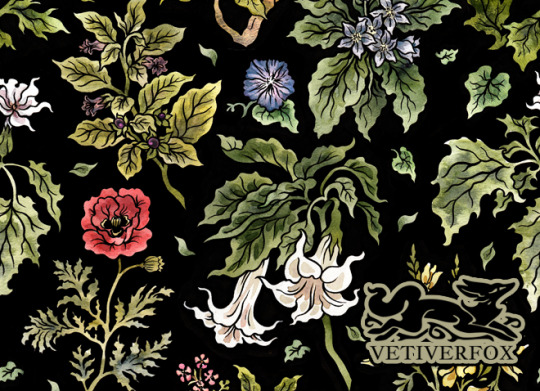
“Treacherous Garden” by @vetiverfox
Joggers with deep pockets, in sizes to fit SM-5X on WV
#witch vamp#vetiverfox#fashion#joggers#pants#treacherous garden#poisonous flowers#floral#florals#dark floral#gothic flowers#nature#nature design#nature art#nature aesthetic#dark forest#dark nature#flowers#plants#botany#garden#casual goth#comfy#goth#gothic#goth aesthetic#nature goth#witchy#witchy vibes#garden witch
508 notes
·
View notes
Text

🍄 🐸 🌷 🥀 🐌 // poison garden // gouache on hot press paper
everything pictured in this piece is a poison: henbane in blue, belladonna in green, amanita muscaria in red, rosy bonnet in pink, lily of the valley, strawberry poison dart frogs, hickory tussock moth & caterpillar, ladybug. not the snails, though! they're just hanging.
[id: an illustrative gouache painting on a dark background. lush intertwined botanicals with textured blue and green leaves weave between red, white, and pink flowers. red frogs and ladybugs perch on stems, colorful pink and red mushrooms burst from the ground, and a moth hangs off a leaf. snails stroll quietly over the tops of mushrooms and along the ground. /end id]
#my art#gouache#botanical illustration#illustration#artists on tumblr#botanical#painting#cottagecore#art#picture book illustration#artwork#witchy art#poison garden#plant poisons#belladonna#henbane#mushrooms#snails#goblincore#witchcore#lily of the valley#frogs#moths#queer artist#trans artist#accessible art#deadly nightshade#fallcore
2K notes
·
View notes
Text
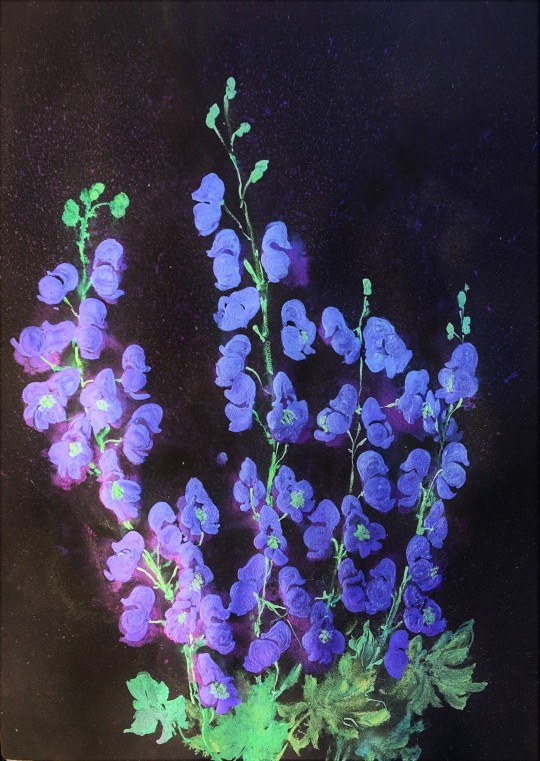
Denizens Of The Darkness
Watercolor On Black Paper
2022, 22"x 30"
Monkshood, Aconite, Aconitum
#art#nature#flowers#plants#artwork#artists on tumblr#watercolor#floral#painting#minimalism#artblr#botany#artist#creatrs#purple#aconitum#aconite#monkshood#poisonous plants#wolfsbane#wolf's bane#botanical#plant#plantblr#witchy#garden witch#goth cottagecore#contemporary art#cottagecore
450 notes
·
View notes
Text

Adonis ramosa
285 notes
·
View notes
Text

Another older art that I'm still very happy of, Poison Ivy !
#my art#art by me#poison ivy#batman#pamela isley#dc comics#plants#garden#carnivourousplant#comic art#fanart#gotham city#art by op
1K notes
·
View notes
Text
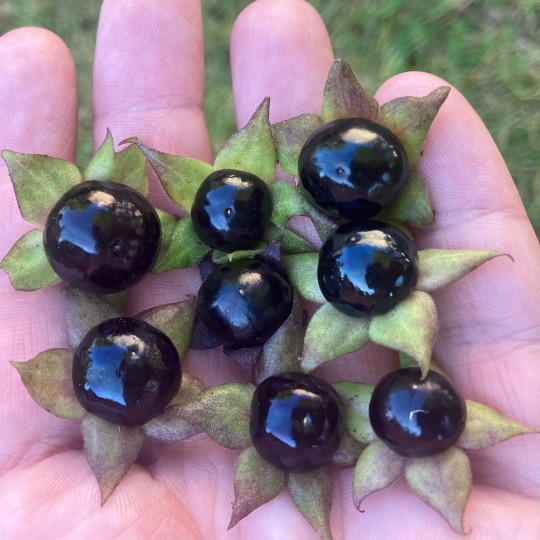
Atropa belladonna berries freshly picked from my poison garden. So sweet, so juicy, so deadly. I’ll be drying them and saving the seeds as belladonna seeds and live plants can be pricy.
#bane folk#atropa belladonna#belladonna#deadly nightshade#poisonous plants#medicinal plants#psychoactive plants#poison garden
221 notes
·
View notes
Text
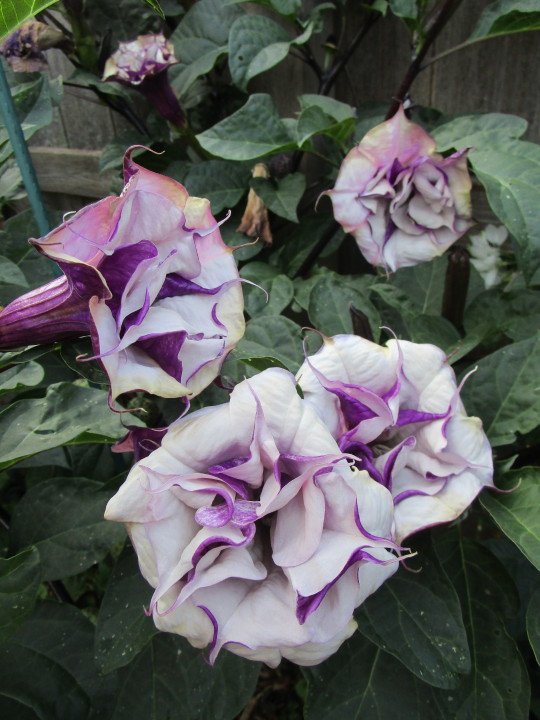
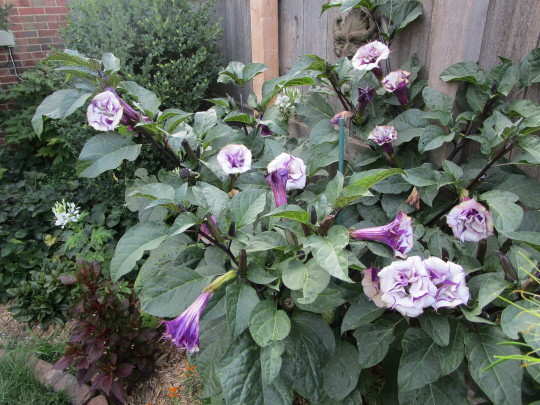
I had no idea this Devil's Trumpet (double purple datura) would get so large! The flowers are pretty, but I won't grow another one. Now I have to find all the seed pods and destroy them along with every other part of this highly toxic plant that came with no warning label.
183 notes
·
View notes
Photo
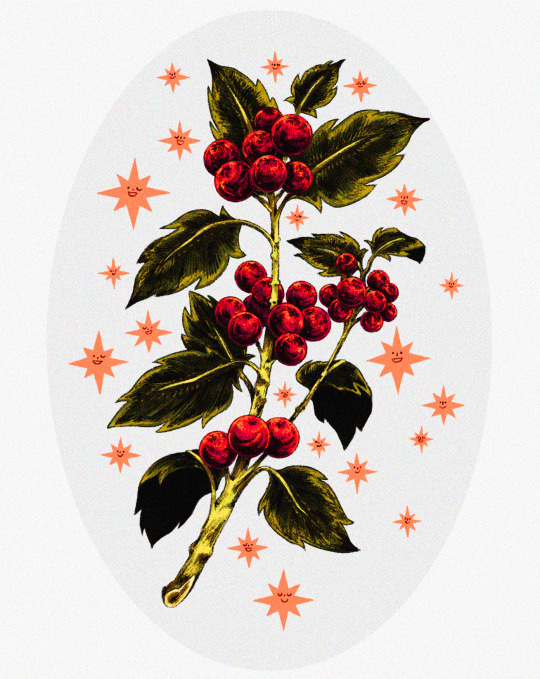
✸ holly berries and frends ✸
request a plant on my ko-fi!
#illustration#plants#aesthetic#holly#cottagecore#garden#poisonous#starry#botanical#constellation#digital art#artists support#portfolio#art ph#art fart#prinsomnia
2K notes
·
View notes
Text

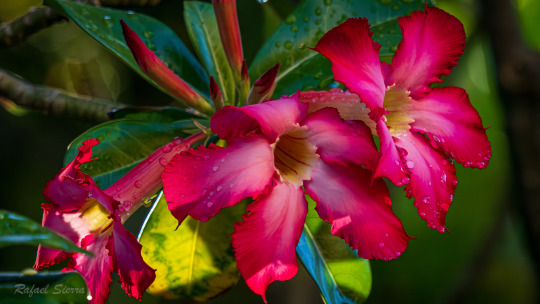
Adenium obesum, more commonly known as a desert rose
#original photography#photographers on tumblr#nature photopragpy#flowers#rafefar#poisonous plant#Kohala Loke Lani#big island#garden
112 notes
·
View notes
Photo
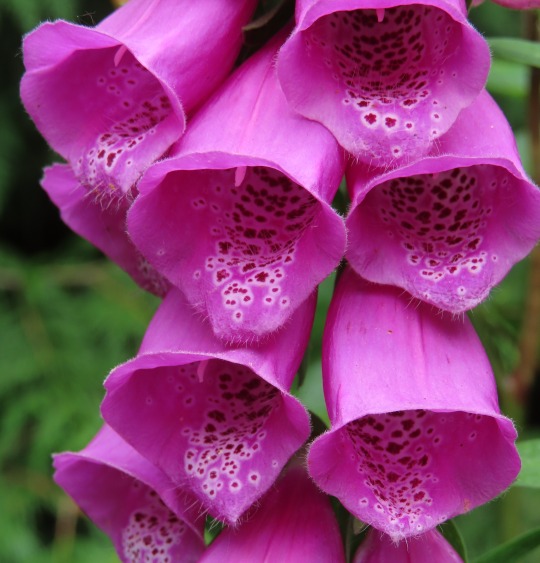

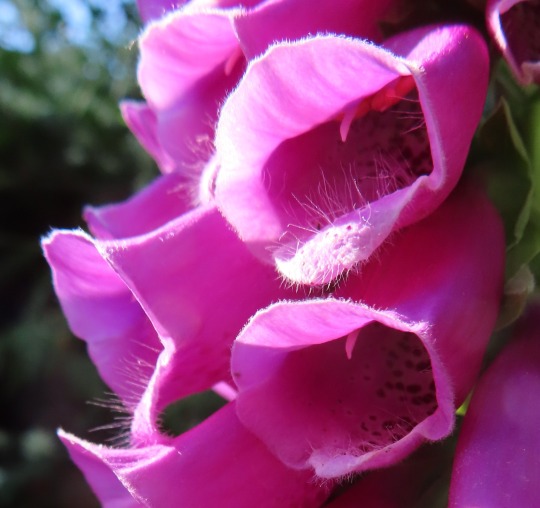
Digitalis purpurea (common foxglove)
The Contract
I’ve loved foxgloves all my life and I’ve been pleased to host them in my garden for thirty-five years. In the second photo, our trusty (and rusty) scarecrow Tinman stands guard over a foxglove - but he doesn’t really need to. Every part of the foxglove plant is poisonous and every insect in the garden knows this. Although almost no conifers (or earlier plants) are insect pollinated, 86% of flowering plants (angiosperms) require the services of insects to procreate.
Flowering plants basically have a contract with insects: I’ll supply you with nectar and some of my pollen but don’t you dare try to eat any other part of me. Particular insects have evolved ways to tolerate the defenses of specific plants and that’s why we see caterpillars chewing holes in their leaves. But for the most part, the contract is respected. Yes foxglove flowers are pretty but please don’t decorate your salad with them. Foxglove plants contain toxic cardiac glycosides and you’ll probably be dead by the morning. This is why no insect, in it’s right mind, is prepared to break ‘The Contract’.
#flowers#photographers on tumblr#foxglove#poisonous plants#purple#fleurs#flores#fiori#blumen#bloemen#our garden#Tinman#Vancouver Club
149 notes
·
View notes
Text

𝔗𝔥𝔢 𝔄𝔩𝔫𝔴𝔦𝔠𝔨 𝔓𝔬𝔦𝔰𝔬𝔫 𝔊𝔞𝔯𝔡𝔢𝔫
80 notes
·
View notes
Text

Convallaria majalis
#my art#utmv#dust sans#multiverse tau#tau!dust#based on the headcanon that he has a garden of toxic plants to turn into poisons#imagine how pretty some sprays of lily of the valley would be in a landscape so dominated by blue- and green-grey and fog
36 notes
·
View notes
Text
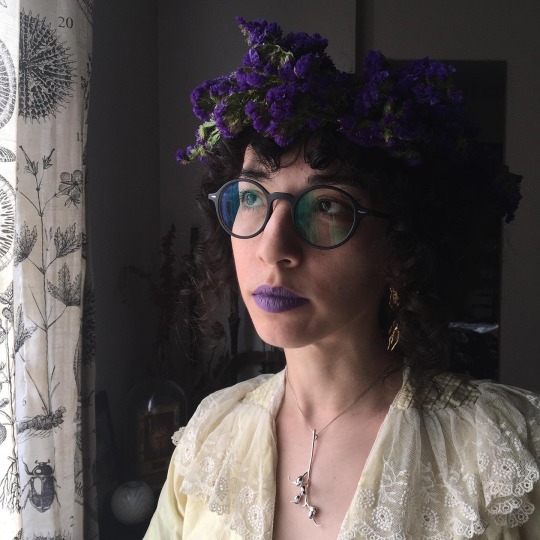
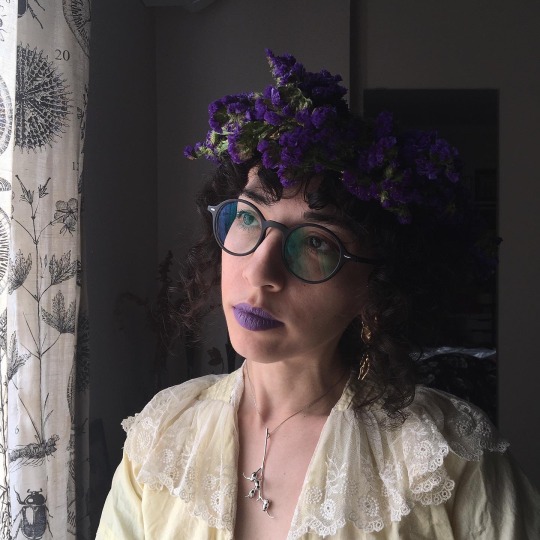
Snapdragon skulls botanical pendant hand carved by Moon and Serpent Website Etsy Instagram
#moon and serpent#artists on tumblr#handmade jewelry#wearable art#snapdragon#botanical jewelry#botany#floral necklace#flower necklaces#floral art#witch jewelry#floral aesthetic#flower crown#poisonous plants#poisonous flowers#poison path#seed pods#garden witch#fairy aesthetic#fairy jewelry
76 notes
·
View notes
Photo
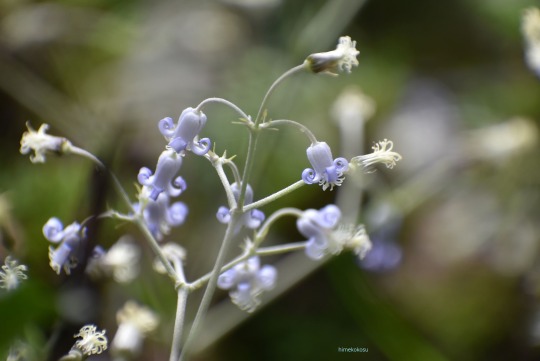

Clematis stans
386 notes
·
View notes
Text
It’s seed collecting season in my poison garden so here is some poppy seed ASMR. Sound on!
#bane folk#opium poppy#breadseed poppy#poisonous plants#toxic plants#medicinal plants#seed saving#seed collecting#poison garden#poison path
76 notes
·
View notes